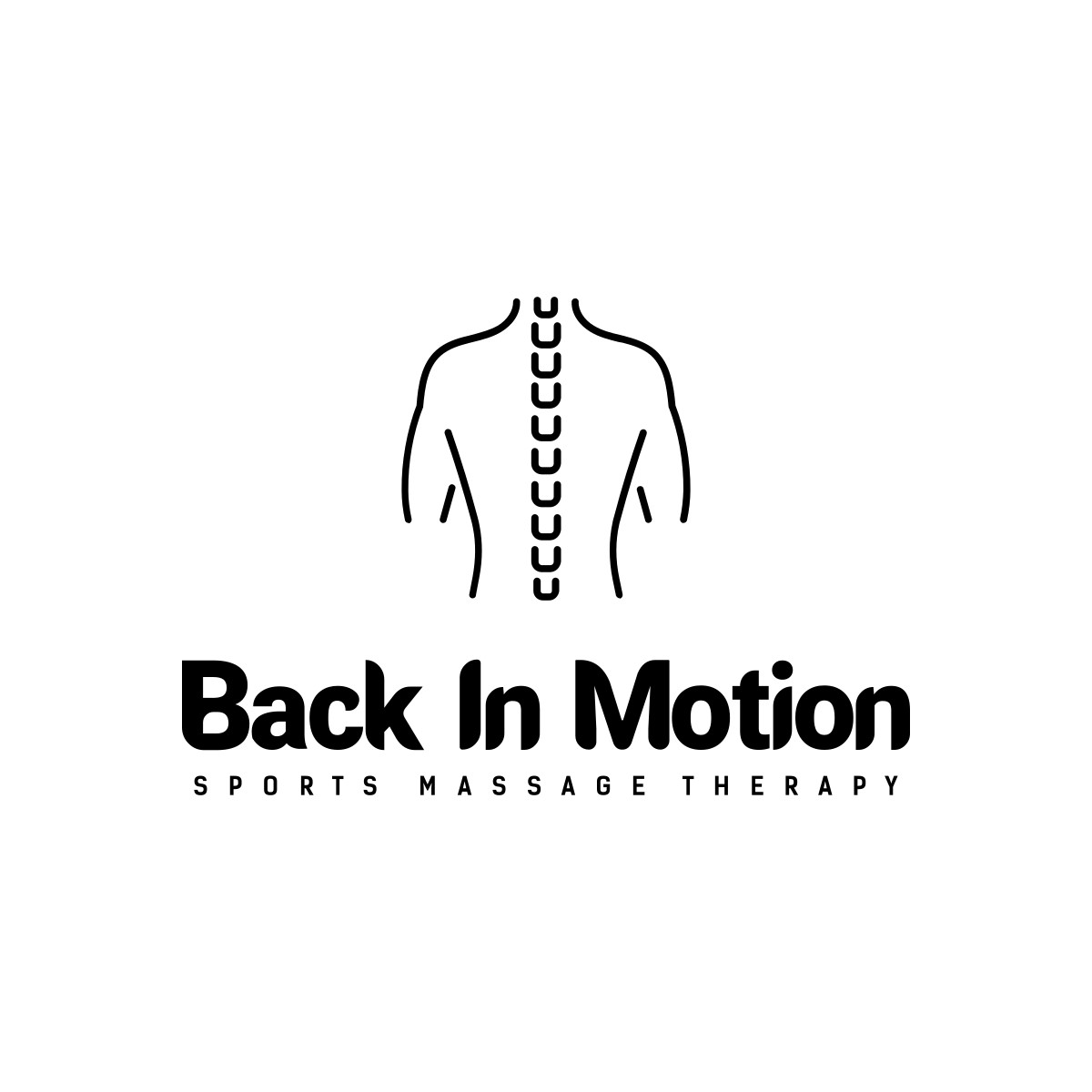How to Address Common Muscle Issues
- Back In Motion Sports Massage

- Aug 4
- 4 min read
Muscle issues are a frequent problem that can affect anyone, regardless of age or activity level. Whether it is muscle soreness after exercise, stiffness from poor posture, or chronic tension from stress, understanding how to address these problems is essential for maintaining a healthy and active lifestyle. This article explores practical ways to manage and relieve common muscle issues, helping you achieve lasting muscle relief.
Understanding Muscle Relief Techniques
Muscle relief involves various methods aimed at reducing discomfort, improving flexibility, and restoring normal muscle function. These techniques can be simple lifestyle changes or targeted therapies. Here are some effective approaches:
Stretching and Mobility Exercises: Regular stretching helps maintain muscle elasticity and prevents stiffness. Incorporate dynamic stretches before activity and static stretches after exercise.
Massage Therapy: Massages increase blood flow, reduce muscle tightness, and promote relaxation. Professional sports massage or self-massage tools can be beneficial.
Heat and Cold Therapy: Applying heat relaxes muscles and improves circulation, while cold therapy reduces inflammation and numbs pain.
Proper Hydration and Nutrition: Muscles require adequate water and nutrients like magnesium and potassium to function well and recover quickly.
Rest and Recovery: Giving muscles time to heal after intense activity is crucial to prevent overuse injuries.
By combining these methods, you can effectively manage muscle discomfort and enhance overall muscle health.

What is the Root Cause of Muscle Tension?
Muscle tension often results from a combination of physical and psychological factors. Identifying the root cause is key to effective treatment. Common causes include:
Poor Posture: Sitting or standing incorrectly for long periods strains muscles, especially in the neck, shoulders, and back.
Stress and Anxiety: Emotional stress triggers muscle tightening as part of the body's fight-or-flight response.
Overuse or Injury: Repetitive movements or sudden trauma can cause muscle fibers to become inflamed or damaged.
Lack of Movement: Sedentary lifestyles lead to muscle stiffness and weakness.
Nutritional Deficiencies: Inadequate intake of essential minerals can cause muscle cramps and spasms.
Understanding these causes allows you to tailor your approach to muscle relief, addressing the problem at its source rather than just the symptoms.

Practical Steps to Prevent Muscle Issues
Prevention is always better than cure. Implementing simple habits can significantly reduce the risk of muscle problems:
Maintain Good Posture: Use ergonomic chairs and adjust your workstation to keep your spine aligned.
Stay Active: Engage in regular physical activity that includes strength training, cardio, and flexibility exercises.
Take Frequent Breaks: If you work at a desk, stand up and stretch every 30-60 minutes.
Manage Stress: Practice relaxation techniques such as deep breathing, meditation, or yoga.
Wear Supportive Footwear: Proper shoes reduce strain on leg and back muscles.
Warm Up and Cool Down: Prepare your muscles before exercise and help them recover afterward.
By adopting these habits, you can minimise muscle discomfort and improve your overall wellbeing.

When to Seek Professional Help
While many muscle issues can be managed at home, some situations require professional intervention. Consider consulting a healthcare provider if you experience:
Persistent or severe muscle pain lasting more than a week
Muscle weakness or numbness
Swelling or redness around the muscle
Difficulty moving a limb or joint
Muscle pain following an injury or accident
Professionals such as physiotherapists, sports massage therapists, or doctors can provide diagnosis and tailored treatment plans. They may use techniques like manual therapy, ultrasound, or prescribe medication to aid recovery.
For those looking for targeted muscle tension relief, specialised sports massage therapy can be highly effective in reducing tightness and improving muscle function.
Lifestyle Changes for Long-Term Muscle Health
Sustaining muscle health requires ongoing attention to lifestyle factors. Here are some recommendations for long-term muscle care:
Balanced Diet: Include protein-rich foods, fruits, vegetables, and whole grains to support muscle repair and energy.
Regular Exercise: Mix aerobic, strength, and flexibility training to keep muscles strong and resilient.
Adequate Sleep: Sleep is essential for muscle recovery and overall health.
Hydration: Drink plenty of water throughout the day to prevent cramps and maintain muscle function.
Avoid Smoking and Excessive Alcohol: These habits can impair muscle recovery and increase inflammation.
By integrating these changes, you can enjoy improved muscle performance and reduce the likelihood of future issues.
Enhancing Recovery with Simple Home Remedies
In addition to professional treatments, several home remedies can aid muscle recovery:
Epsom Salt Baths: Soaking in warm water with Epsom salts can relax muscles and reduce soreness.
Foam Rolling: Using a foam roller helps release muscle knots and improve blood flow.
Topical Analgesics: Creams or gels containing menthol or capsaicin can provide temporary pain relief.
Gentle Movement: Light activities like walking or swimming promote circulation without overstraining muscles.
These remedies are easy to incorporate into your routine and can complement other muscle relief strategies.
Addressing common muscle issues effectively requires a combination of awareness, prevention, and appropriate treatment. By understanding the causes and applying practical solutions, you can achieve lasting muscle relief and maintain a healthy, active lifestyle.









Comments